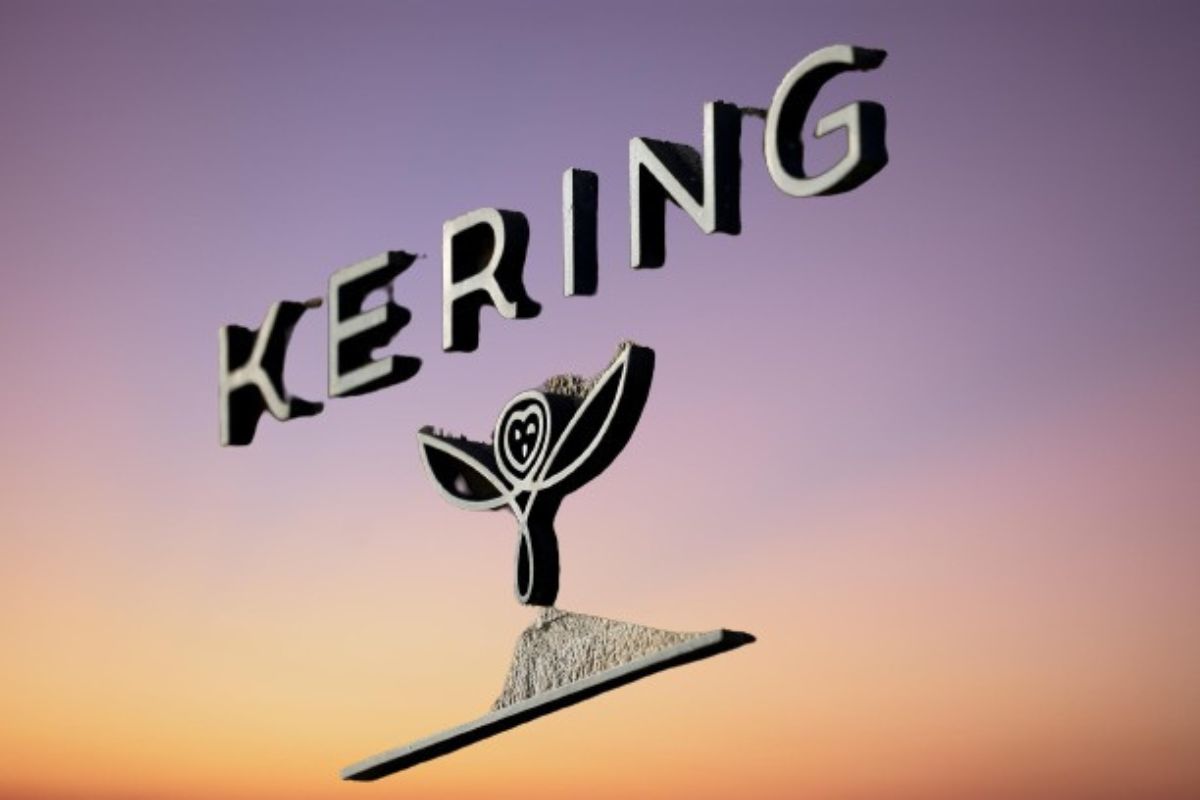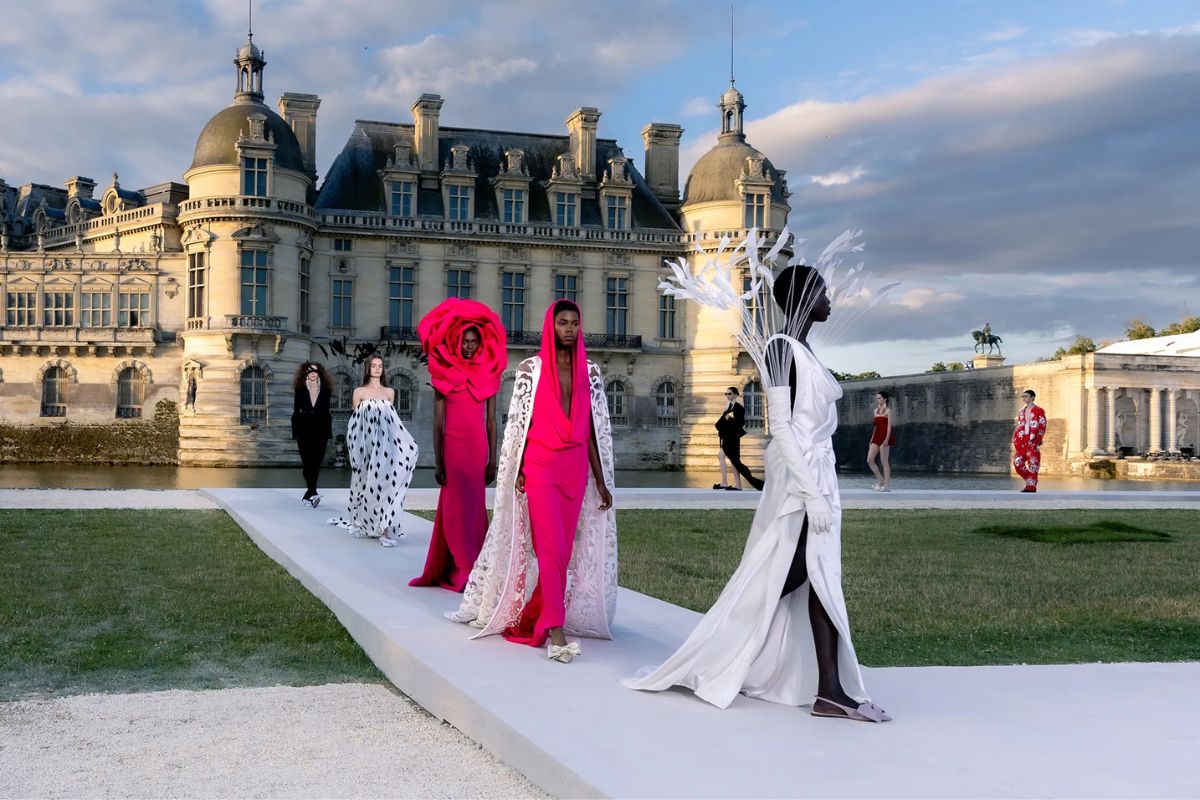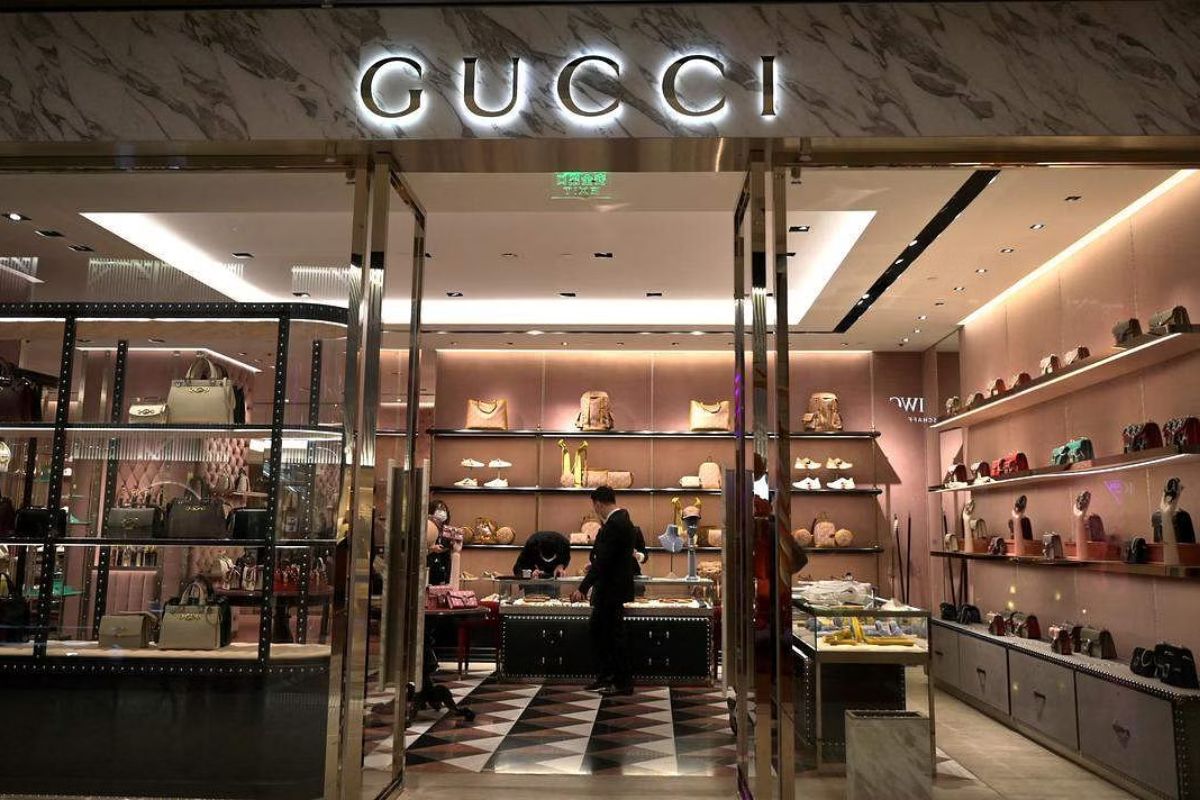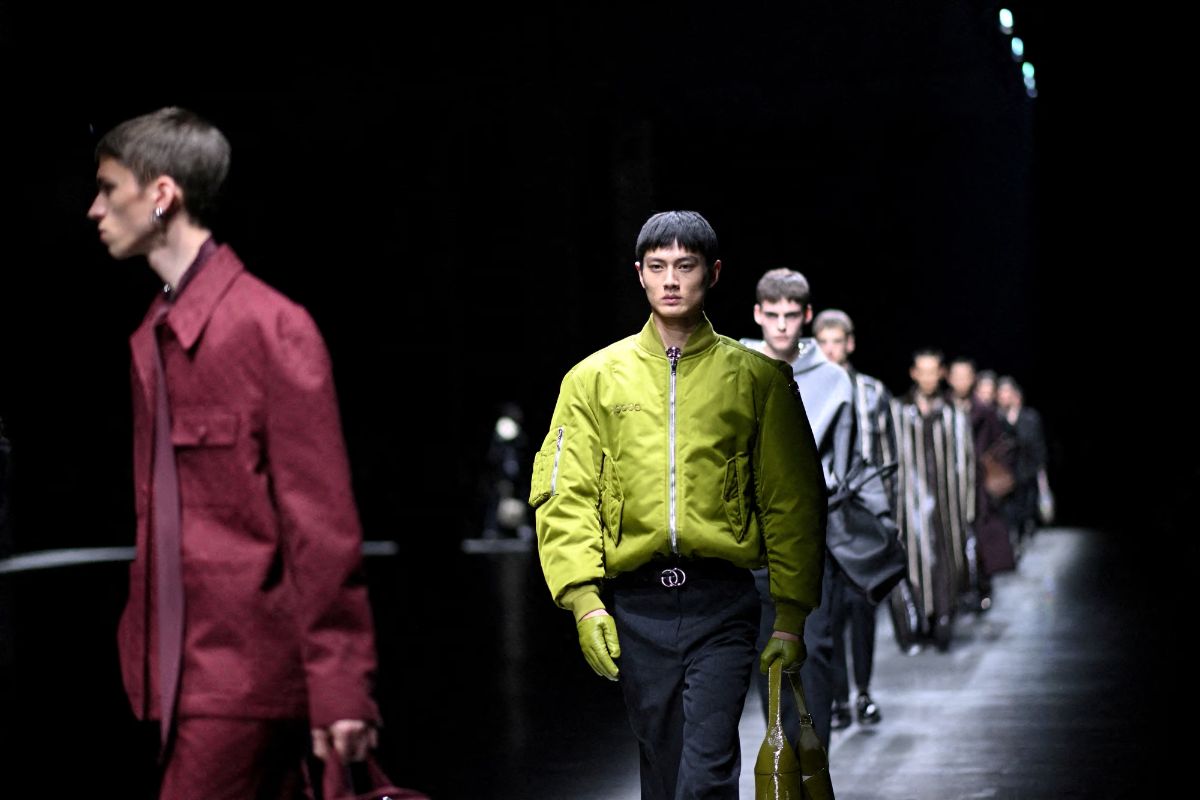Kering’s Long-Term Investment: Kering, the luxury goods conglomerate, is facing challenging times as its sales slide and margins come under pressure. The company’s long-term investment strategy is now at risk, as it grapples with the impact of shifting consumer spending patterns in a post-pandemic world.
While Kering’s flagship brand Gucci has been struggling to revitalize itself, the broader industry is also facing headwinds in terms of growth projections.
In this discussion, we will explore the factors contributing to Kering’s sales decline, the challenges it faces in revitalizing Gucci, and the implications for its long-term investment strategy.
Stay tuned to discover the potential risks and opportunities that lie ahead for this luxury goods powerhouse.
Key Takeaways
- Kering is committed to a long-term investment strategy, prioritizing brand investment for future growth.
- The decline in sales and weakened demand for fashion, particularly Gucci, has put margins at risk.
- Kering acknowledges the challenges faced in the luxury fashion industry, such as changing consumer preferences and the need for innovative strategies.
- Gucci’s revitalization efforts are being hindered by slowing demand, requiring a reevaluation of marketing strategies and exploration of new product lines.
Sales Decline in Q4
In the fourth quarter, Kering experienced a 4% decline in sales, primarily driven by weakened demand for fashion, particularly affecting its flagship brand, Gucci. Despite improvements in the United States and Europe, the overall sales figure of 4.97 billion euros falls slightly below expectations.
This decline in sales highlights the challenges faced by Kering in the fashion industry, as consumer preferences shift and economic uncertainties persist. Gucci, known for its luxury products and iconic designs, has historically been a key driver of growth for Kering. However, in the fourth quarter, it faced a significant drop in demand, leading to a negative impact on the company’s overall sales performance.
Also Read: Farfetch Faces Challenges Amid Luxury Slowdown and Changing Industry Dynamics
As Kering navigates through these challenges, it will be crucial to adapt its strategies and offerings to meet evolving consumer demands and maintain its competitive edge in the market.
Consumer Spending Shifts Post-Pandemic Splurge
After experiencing a post-pandemic surge in luxury spending, consumers, particularly the younger and less affluent demographic, are now scaling back their purchases, leading to a shift in consumer spending patterns for high-end fashion companies like Kering. This change in behavior is significant as it indicates a broader trend in the industry.
The shift in consumer spending can be attributed to several factors:
- Economic Uncertainty:
- Consumers, especially the less affluent, are being cautious with their spending due to economic uncertainty caused by the ongoing pandemic.
- Changing Priorities:
- The pandemic has led consumers to reassess their priorities, with many opting for essential items and experiences rather than luxury goods.
These shifts in consumer behavior pose challenges for high-end fashion companies like Kering, who will need to adapt their strategies to cater to the changing demands of their target audience.
Challenges in Gucci’s Revitalization:
Following the shifts in consumer spending patterns for high-end fashion companies like Kering, the revitalization of its premier brand, Gucci, poses significant challenges for the company.
Over the past two years, Gucci has struggled to keep up with its competitors, and the slowing demand further complicates efforts to boost its performance. While there has been a modest improvement in Gucci’s Q4 results, analysts remain cautious about the brand’s margin outlook.
To revitalize Gucci, Kering will need to address the factors contributing to its underperformance and find innovative ways to attract and retain customers. This may involve reevaluating its marketing strategies, exploring new product lines or collaborations, and staying ahead of evolving fashion trends.
Successfully revitalizing Gucci is crucial for Kering’s long-term investment strategy and overall success in the luxury fashion market.
Long-Term Investment Strategy
Kering’s commitment to long-term brand investment is a strategic choice aimed at securing future growth for its portfolio of brands. While this approach may impact margins in the short term, the company recognizes the importance of investing in its brands to ensure sustained success.
This long-term investment strategy reflects Kering’s belief in the potential of its brands and the value they bring to consumers. It demonstrates a commitment to building strong and resilient brands that can withstand market fluctuations and evolving consumer preferences.
Industry-Wide Growth Projections
In light of evolving market dynamics and shifting consumer preferences, the luxury fashion sector as a whole is projected to experience a slowdown in industry-wide growth, according to analysts from Barclays. They estimate that high-end luxury companies will see a growth rate of 5% in the current year, compared to 9% in the previous year.
This projection reflects the broader challenges faced by companies like Kering, which is experiencing a sales slide and potential margin risks. To illustrate the projected slowdown in industry-wide growth, the following table provides a comparison of growth rates for the luxury fashion sector:
| Year | Growth Rate |
|---|---|
| 2018 | 9% |
| 2019 | 5% |
These figures highlight the need for luxury fashion companies to adapt to changing consumer preferences and find innovative strategies to maintain growth in a challenging market environment.
Conclusion Of Kering’s Long-Term Investment
Kering’s long-term investment strategy may face risks as sales decline in Q4 and consumer spending shifts after the post-pandemic splurge. The challenges in revitalizing Gucci further add to the uncertainties.
While industry-wide growth projections offer some hope, the company needs to carefully navigate these challenges to maintain its margins and sustain its success in the luxury goods market.
Our Reader’s Queries
Q1 What is the Kering biggest brand?
A The standout product category within this segment is leather goods, contributing approximately half of the Kering Group’s worldwide revenue, with Gucci emerging as the most successful luxury brand in their portfolio.
Q2 What companies are under Kering?
A Kering, a leading luxury group on the global stage, oversees the growth and operations of a prestigious portfolio of fashion, leather goods, and jewelry houses. This collection includes Gucci, Saint Laurent, Bottega Veneta, Balenciaga, Alexander McQueen, Brioni, Boucheron, Pomellato, DoDo, Qeelin, Ginori 1735, along with Kering Eyewear and Kering Beauté.
Q3 What is the net worth of Kering?
A Explore the interactive chart depicting the historical net worth (market cap) of Kering SA (PPRUY) over the past decade. A company’s value is commonly indicated by its market capitalization, calculated by multiplying the present stock price by the total number of outstanding shares. As of January 18, 2024, Kering SA’s net worth stands at $47.57 billion.




